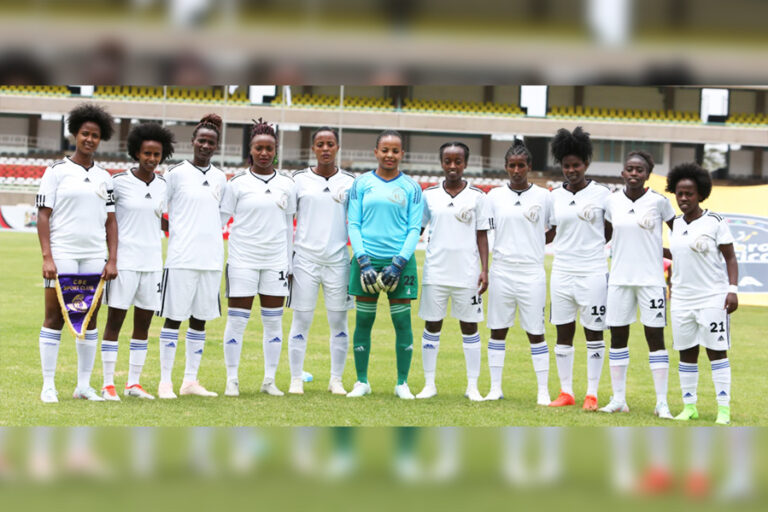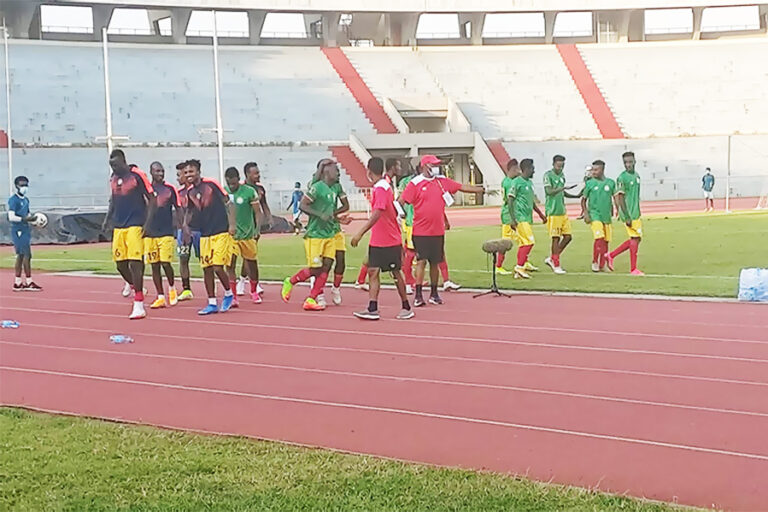Recent socioeconomic progress in Africa has occurred in the context of ubiquitous information and communications technologies (ICTs). According to the International Telecommunication Union 2017 data, 67 percent of African population, estimated to be about 1.13 billion, now has mobile phones and 26.5 percent are now using the Internet. Policymakers and African development partners foresee a lot of possibilities in the opportunities made available by ICTs in the continent’s effort to stem widespread poverty and in the role of small and medium-sized enterprises (SMEs) in that effort. In this context, over the last decade, African countries placed high priority on the development and implementation of national ICT policies and plans.
According to the United Nations Conference on Trade and Development (UNCTAD), SMEs account for 60 to 70 per cent of all employment in developing countries, and hence contribute to poverty reduction. In this regard, many countries in Africa have given high priority to the growth of SMEs. Kenya, for instance, released a major strategic plan, known as Vision 2030, in which ICTs and SMEs have been identified as major driving forces for its realisation. Similarly, Ethiopia, in its Growth and Transformation Plan has given top priority to micro and small enterprises, targeting to create employment opportunities for more than three million people and aiming to boost access to ICTs.
In recent years, the role of SMEs in economic development has grown in importance in Africa as the continent’s economic transformation gained momentum. Many countries are directing their strategic development towards industrialization through the growth of the local SME sector. The importance of SMEs in development and poverty reduction cannot be over emphasised.
According to UNCTAD recent data, these enterprises represent 99 per cent of all firms in developing countries, as well as play a significant role in creating employment opportunities. Another key factor supporting the need to focus on SMEs is that they tend to adapt more easily to technology compared to large enterprises. The adaption process in large enterprises is often slowed by a bureaucracy and a stricter hierarchy involved in making decisions. When SMEs are able to see the added benefits of using ICTs, they are more willing to adapt their businesses strategies.
The results of two e-commerce readiness assessments carried out in the Gambia and in Ethiopia under the Economic Commission of Africa (ECA) strengthen this proposition. Both studies suggest that there is general awareness of the potential in using the Internet for commerce among SMEs. Furthermore, due to widespread coverage and use of mobile phones, mobile commerce now provides more opportunities for SMEs, especially in rural areas.
For example, a study found that after remote communities in Uganda were provided with access to a mobile network, the share of bananas sold rose from 50 to 69 per cent of the crop. Established by TradeNet, Esoko, a company in Ghana, provides a mobile and web-enabled repository of current market prices and a platform to enable buyers and sellers to make offers and connect to one another. The World Bank report revealed that in this regard, a recent study of farmers with small landholdings in northern Ghana found that farmers had experienced a 10 per cent increase in revenue after they began receiving market prices from Esoko in the form of a short message service (SMS).
Goldman Sachs reported that globally, e-commerce sales are growing more than 19 per cent a year. Compared to large enterprises, SMEs have a low share of the global e-commerce market, however, they are increasingly adapting to the growing technological revolution and benefiting from the global online market.
E-commerce involves the sale or purchase of goods and services by businesses (business to business), individuals (business to consumer), governments (business to government) or other organizations, and is conducted over computer networks. It builds on traditional commerce by adding the flexibility and speed offered by electronic communications. This can facilitate efforts to enhance operations that lead to substantial cost savings, as well as increased competitiveness and efficiency through the redesign of traditional business methods.
Different studies indicated that both SMEs and large businesses have benefited from the adoption of e-commerce. Such benefits, inter alia, includes lower transaction costs; reduction in advertising and promotion costs; rapid communication between buyers and sellers; ability to reach new customers; shortening the traditional supply chains, including minimising transport obstacles and reducing delivery costs; and eliminating physical limitation of time and space. Empirical research shows that small enterprises that adopt e-commerce perform better than those that do not adopt it due to e-commerce’s catalytic effect on business performances.
There are several explanations for the slow diffusion of e-commerce in developing countries, in general, and in Africa, in particular. Economic Commission of Africa (ECA)-supported e-commerce readiness studies conducted in Ethiopia and in the Gambia, as well as other studies undertaken across the continent, broadly identify similar challenges pertaining to growth of e-commerce in Africa.
Affordable ICT infrastructure, particularly the Internet and broadband, is one of the key factors affecting the growth of e-commerce. Digital literacy among consumers and businesses in terms of computer literacy, language barriers, awareness of e-commerce benefits, lack of confidence and security in online transactions, including lack of a skilled workforce in e-commerce enterprises, are common in many countries. Limited delivery and distribution networks (physical transportation), in both Ethiopia and the Gambia, and the absence of proper street addressing and naming were raised as areas of concern in delivery.
Systems related to electronic payment, branding/recognition, and the issue of tracking, monitoring and taxation systems are also some of the challenges that affect the online transaction process. Legal frameworks to build security and trust are common issues that both consumers and businesses find difficult in adapting e-commerce as their business strategic tool. Ensuring legal and regulatory environments are critical for the complete functioning of e-commerce in a country.
Many SMEs have benefited from ICTs in their day-to-day business activities, including experiencing gains in enhanced productivity. However, due to lack and cost of access to Internet connectivity, many SMEs are not always tapping the full potential of the Internet. Furthermore, high-quality and reliable e-commerce requires advanced telecom services, such as broadband and mobile broadband services, at affordable prices to consumers.
Thus, governments and other partners need to take advantage of the opportunities that are emerging in the use of the new ICT landscape, particularly in innovations in mobile applications. Governments need to ensure that SMEs benefit not only from being connected to the Internet but also from any technological evolution that can increase the speed of data flows and can help reduce costs to consumers. Furthermore, much of the support to e-commerce depends on putting in place the right infrastructure, regulations and policies for e-commerce to thrive. In this regard, the role of government and the private sector is of paramount importance in realising this. Finally, a critical mass of workers with ICT skills is crucial for the further development of e-commerce and mobile applications. In this regard, governments can play an important role in ensuring that the education systems provide training of the necessary skills for building a viable digital economy.






